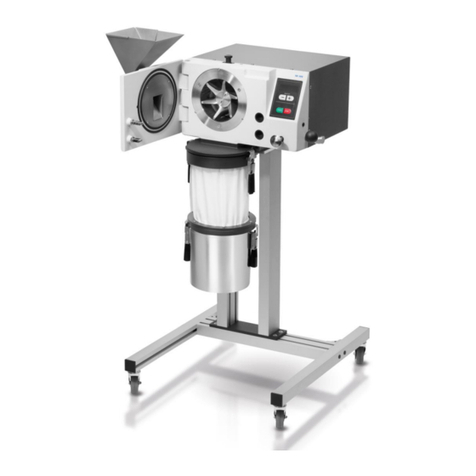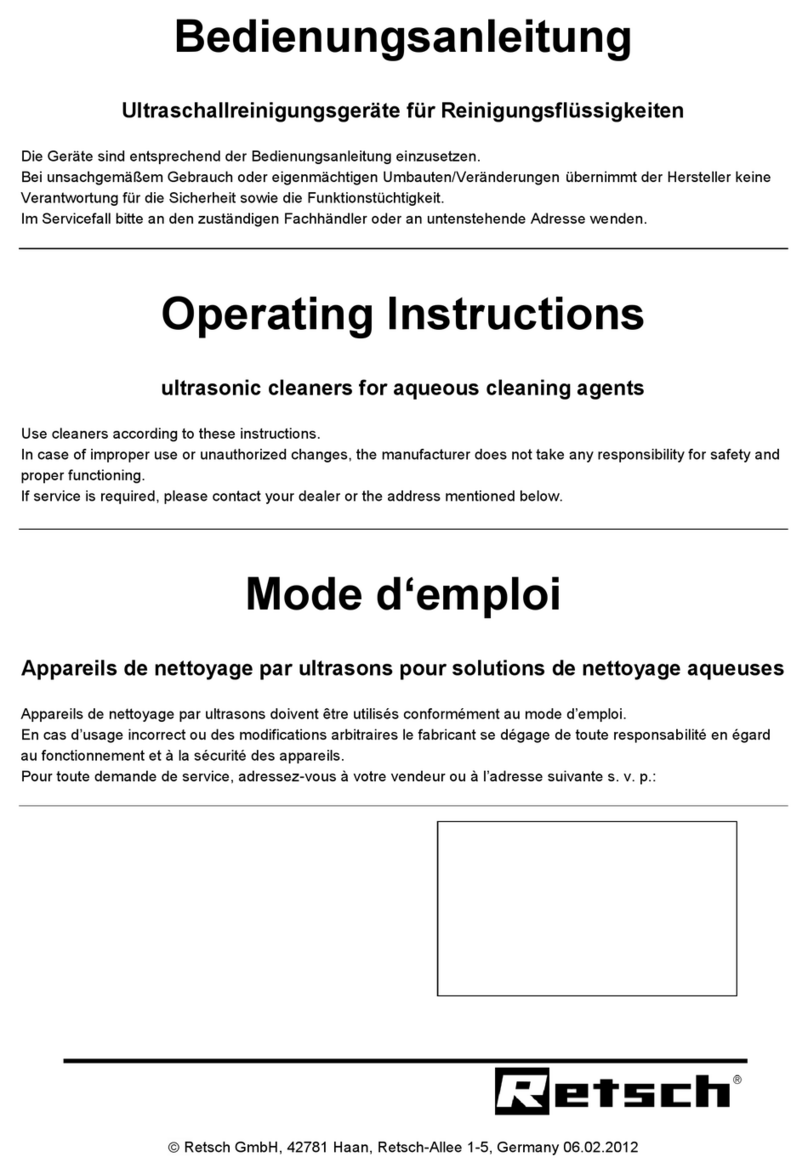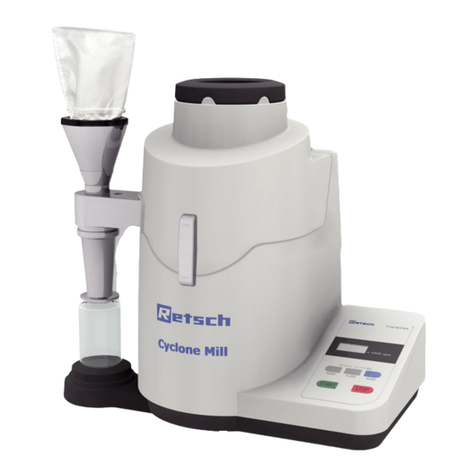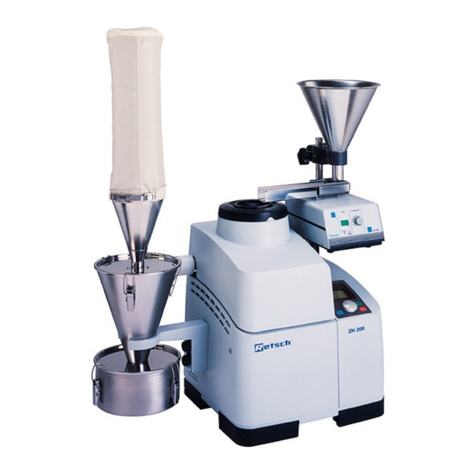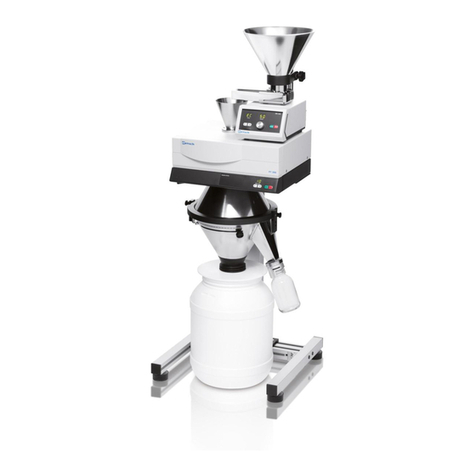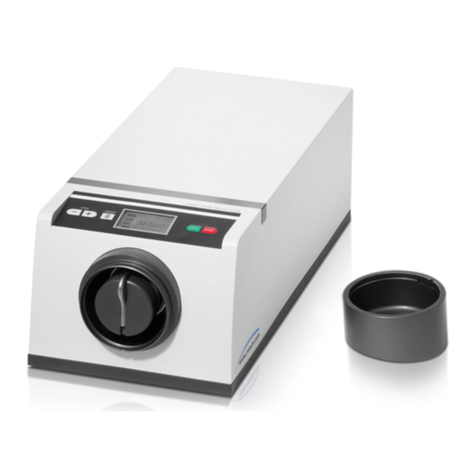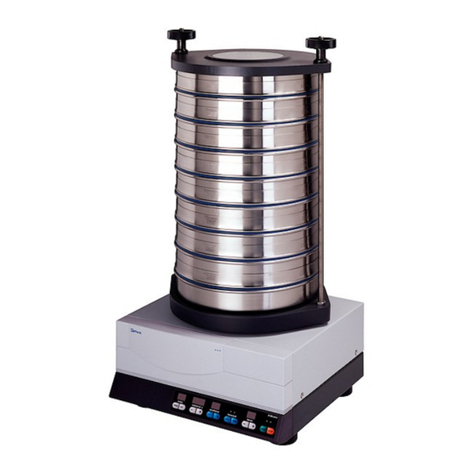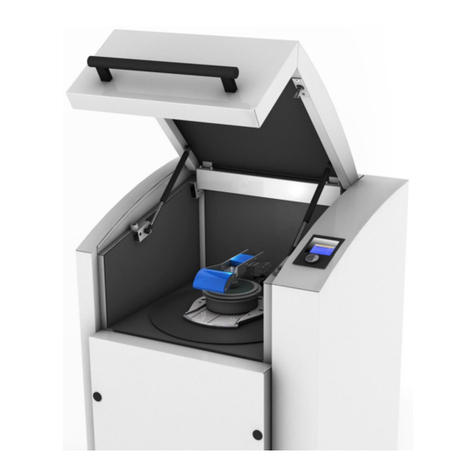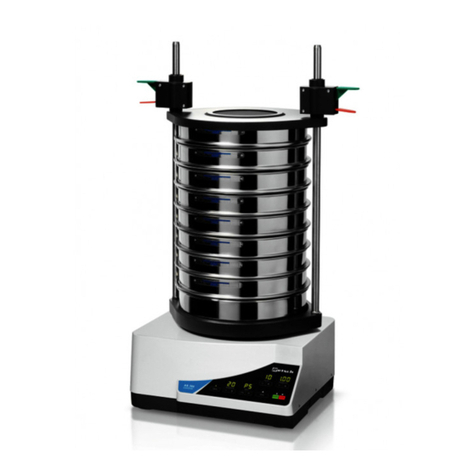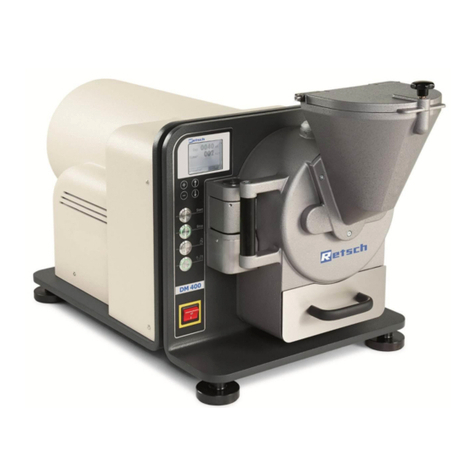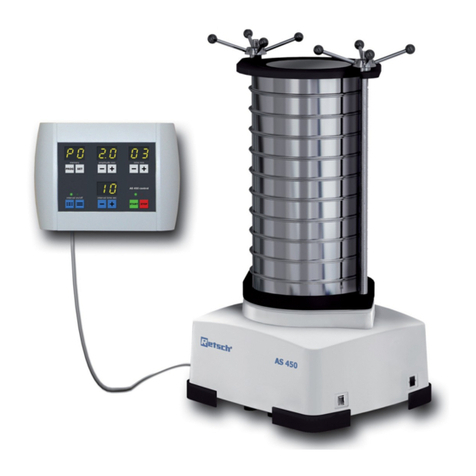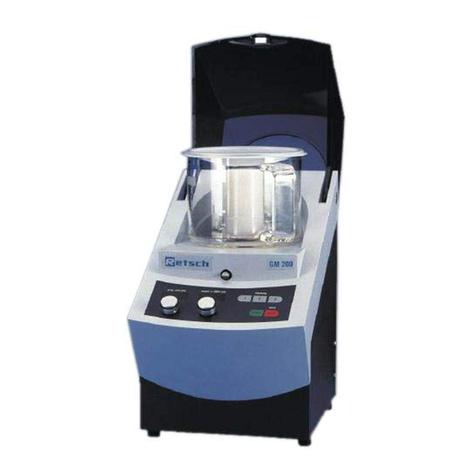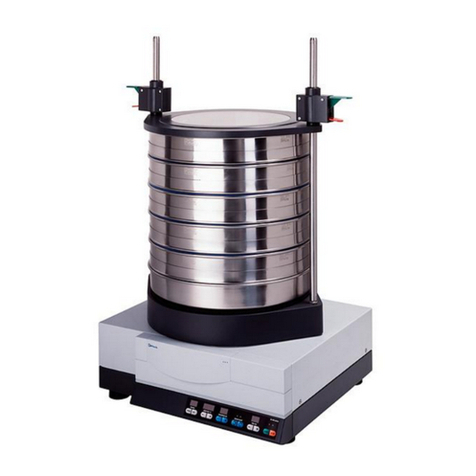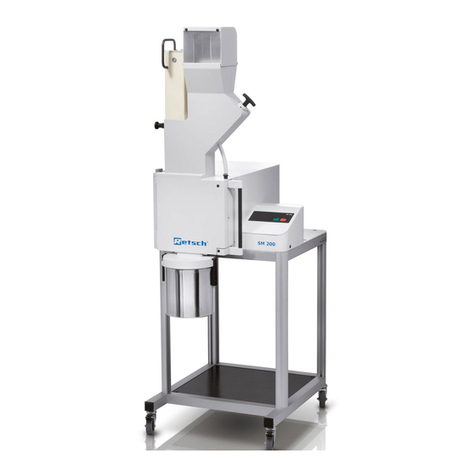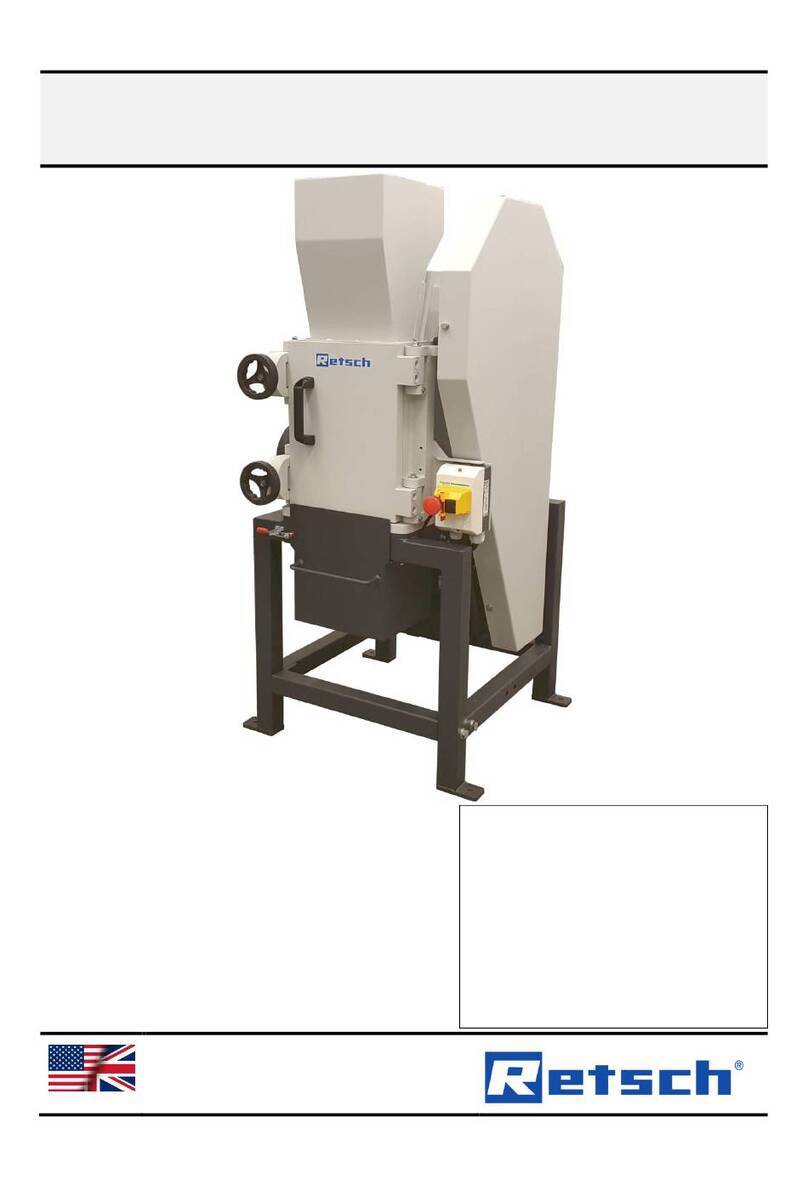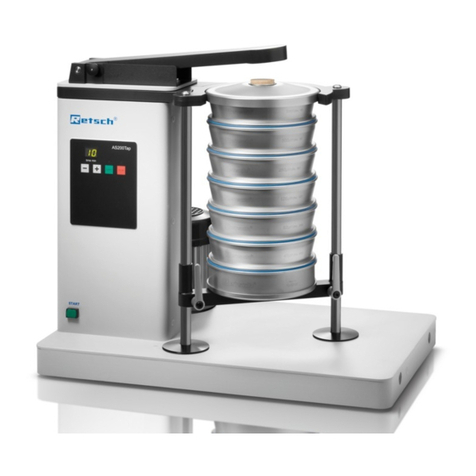Table of Contents
1Notes on the manual............................................................................................................................. 6
1.1 Disclaimer.......................................................................................................................................... 6
1.2 Copyright............................................................................................................................................ 6
2Safety...................................................................................................................................................... 6
2.1 Explanations of the Safety Instructions ............................................................................................. 8
2.2 General Safety Instructions ............................................................................................................... 9
2.3 Repairs............................................................................................................................................. 10
2.4 Responsibility of the operating company......................................................................................... 10
2.5 Personnel qualification and target group of this manual ................................................................. 10
2.6 Confirmation Form for the Managing Operator................................................................................ 11
3Packaging, Transport and Installation .............................................................................................. 13
3.1 Packaging........................................................................................................................................ 13
3.2 Transport.......................................................................................................................................... 13
3.3 Temperature Fluctuations and Condensation ................................................................................. 13
3.4 Conditions for the Installation Site................................................................................................... 14
3.5 Electrical Connection....................................................................................................................... 15
3.6 Transport.......................................................................................................................................... 16
3.7 Installing the device......................................................................................................................... 17
3.8 Description of type plate.................................................................................................................. 17
4Technical data...................................................................................................................................... 18
4.1 Intended use of the device............................................................................................................... 18
4.2 Divider modules............................................................................................................................... 19
4.3 Feed size ......................................................................................................................................... 19
4.4 Rated Power.................................................................................................................................... 19
4.5 Motor Rotation Speed...................................................................................................................... 19
4.6 Emissions......................................................................................................................................... 20
4.6.1 Noise levels.................................................................................................................................. 20
4.7 Degree of Protection........................................................................................................................ 20
4.8 Protective Equipment....................................................................................................................... 20
4.9 Dimensions and Weight................................................................................................................... 20
4.10 Required Floor Space...................................................................................................................... 20
4.11 Installation drawing.......................................................................................................................... 21
5Views of the device ............................................................................................................................. 23
5.1 Front view ........................................................................................................................................ 23
5.2 Interior view...................................................................................................................................... 24
5.3 Operating elements and displays .................................................................................................... 25
6Operating the device........................................................................................................................... 25
6.1 Opening the device.......................................................................................................................... 26
6.2 Closing the device ........................................................................................................................... 26
6.3 Preparing the division process ........................................................................................................ 27
6.3.1 Inserting the divider module......................................................................................................... 27
6.3.2 Inserting the vibratory feeder....................................................................................................... 28
6.3.3 Adjusting the gap size.................................................................................................................. 29
6.3.4 Connecting the dust extraction.................................................................................................... 30
6.4 Control panel –Operating the machine........................................................................................... 30
6.4.1 Start menu ................................................................................................................................... 30
6.4.2 Settings........................................................................................................................................ 31
6.4.3 Starting the division process........................................................................................................ 33
6.5 Finishing the division process.......................................................................................................... 35
7Cleaning ............................................................................................................................................... 36
8Maintenance......................................................................................................................................... 36
9Return for Service and Maintenance................................................................................................. 37
